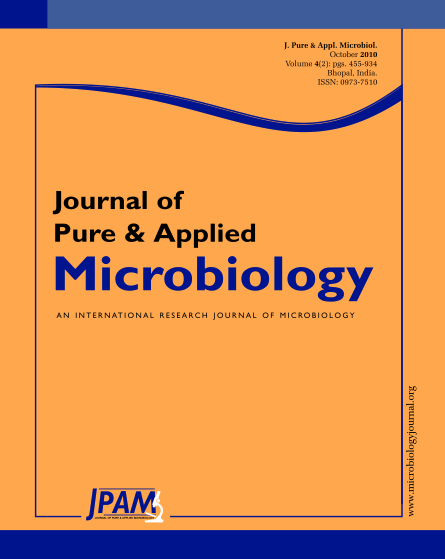Total 10 foot ulcer samples were collected from various hospitals in many places and analysed bacteriologically. Among various pathogen isolated Pseudomonas aeruginosa (29%) was dominant followed by Proteus sp., (21%) Staphylococcus aureus (35%), E.coli (7%), and Klebsiella sp (7%). Maintenance of sugar level in control and proper knowledge about foot care would reduced the incident of diabetic foot infection. Prompt microbiological analysis and antibiotic sensitivity profile would make the therapy more effective and reduced the progressive diabetic foot infection. The study was carried out to determine the antibacterial activity of Aloe barbabensis Mill. against bacterial pathogens involved in diabetic wound infection. The Aloe barbabensis leaf extract was prepared at varying concentration such as 25%, 50% and 100% respectively. The sterilized Muller Hinton agar were used for this diffusion study. It revealed the antibacterial activity of Aloe barbadenisis against Pseudomonas sp, Staphylococcus aureus, Proteus sp. and Klebsiella sp., but E.coli has resistance to Aloe barbabensis juice. The results showed the Aloe barbabensis possess significant activity against pathogenic bacteria. The above study presents only a sample of the research completed on the antidiabetic activity of Aloe barbadensis. The result are conclusive in each case in showing the validity of the traditional use of the Aloe barbabensis. Further studies are required to standardize the technology for effective utilization.
Anti microbial activity, Aloe vera, Bacterial culture, Foot ulcer
© The Author(s) 2010. Open Access. This article is distributed under the terms of the Creative Commons Attribution 4.0 International License which permits unrestricted use, sharing, distribution, and reproduction in any medium, provided you give appropriate credit to the original author(s) and the source, provide a link to the Creative Commons license, and indicate if changes were made.


